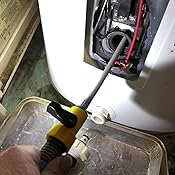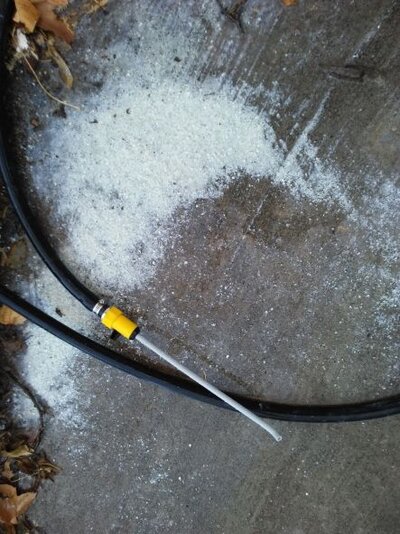Hello all, I am looking for some advice on cleaning calcium deposits out of a gas/electric water heater. Didn't think to look at the make and model of the hot water heater but it is in a 2003 Fleetwood Revolution. We have had sporadic issues with our bathroom faucet getting stopped up with calcium deposits before but this past week we camped for 5 days over the Thanksgiving Holiday and by Sunday everything but the toilet was down to a trickle and the bathroom sink faucet is completely stopped up. Has anyone had good luck getting calcium deposits out of their hot water heater? We are in Kentucky so I know our water is hard.
I was contemplating mixing up a solution of CLR and running through the hot water heater but after a quick Google search I don't think that is a good idea. Some people mentioned using vinegar and others mentioned just flushing the system out with normal water so I am not certain what to do. Any suggestions? As of right now we aren't scheduled to camp anymore until February but would like to remedy this before I winterize. Thanks.
I was contemplating mixing up a solution of CLR and running through the hot water heater but after a quick Google search I don't think that is a good idea. Some people mentioned using vinegar and others mentioned just flushing the system out with normal water so I am not certain what to do. Any suggestions? As of right now we aren't scheduled to camp anymore until February but would like to remedy this before I winterize. Thanks.



